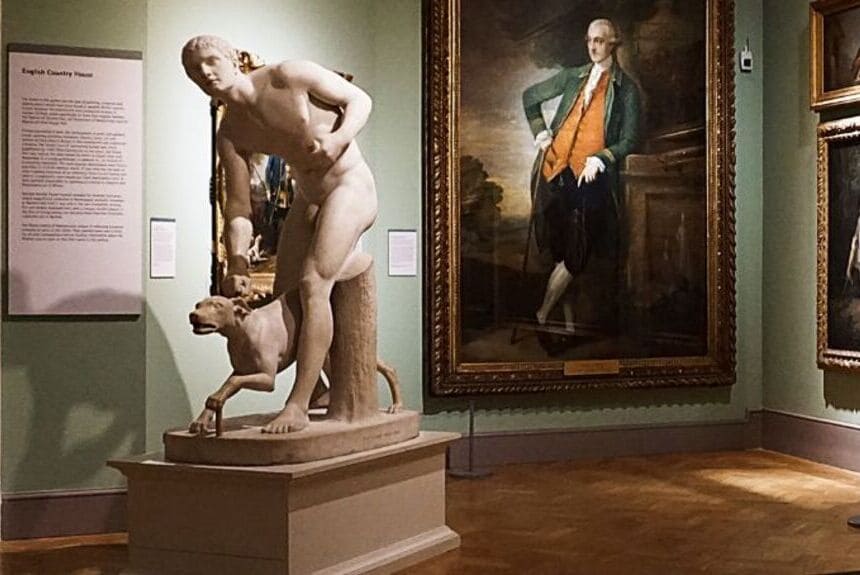The art world is a realm of timeless beauty, where masterpieces from centuries ago continue to captivate and inspire. While these classic works of art hold an enduring appeal, they are not immune to the march of time. Fortunately, a dynamic blend of technology, conservation efforts, and creative reinterpretation is allowing us to breathe new life into these iconic creations. In this article, we will explore how classic masterpieces are being revitalized and reimagined for contemporary audiences.
The Timeless Appeal of Classic Masterpieces
Classic masterpieces, such as Leonardo da Vinci's "Mona Lisa," Michelangelo's "David," and Vincent van Gogh's "Starry Night," have left an indelible mark on the art world. These works are celebrated for their exceptional craftsmanship, artistic innovation, and profound cultural significance. However, the passage of centuries has taken a toll on these treasures, with factors like aging, environmental conditions, and wear and tear diminishing their original glory.
Restoration and Conservation
One of the primary ways classic masterpieces are being revitalized is through meticulous restoration and conservation efforts. Skilled conservators and art restorers employ a combination of scientific analysis and artistic expertise to repair damage, remove layers of grime, and restore faded colors.
In recent years, cutting-edge technologies like multispectral imaging and 3D scanning have revolutionized restoration processes. These tools provide a deeper understanding of the artwork's composition, allowing for more precise and historically accurate restorations.
Digital Restoration and Augmentation
Beyond physical restoration, the digital realm offers exciting possibilities for rejuvenating classic masterpieces. High-resolution digital scans and advanced imaging techniques can create detailed digital replicas of artworks, preserving their essence for future generations. Moreover, these digital copies can serve as a basis for innovative reinterpretations and augmentations.
Digital artists can reimagine classic works, adding new layers of meaning, context, and interactivity. For instance, digital art can introduce dynamic elements, such as animation or virtual reality experiences, that breathe fresh life into iconic paintings and sculptures. These digital enhancements bridge the gap between the past and the present, offering viewers a unique and engaging encounter with classic masterpieces.
Educational Initiatives
Breathing new life into classic masterpieces also involves educational initiatives that aim to connect audiences of all ages with these timeless treasures. Museums and cultural institutions are increasingly leveraging technology to create immersive educational experiences. Virtual tours, interactive exhibits, and educational apps provide visitors with deeper insights into the history, context, and artistic techniques behind classic masterpieces.
These initiatives not only make art more accessible but also foster a deeper appreciation for the cultural heritage encapsulated in these works.
Contemporary Reinterpretations
Another exciting trend is the reinterpretation of classic masterpieces by contemporary artists. These reinterpretations can take many forms, from modern adaptations and reinterpretations to reinterpretations that challenge and subvert the original artwork's themes.
Contemporary artists infuse classic masterpieces with fresh perspectives, exploring how these timeless works resonate in our rapidly evolving world. These reinterpretations are a testament to the enduring relevance of classic art and its ability to inspire new generations of creatives.
Classic masterpieces are not relics of the past but living treasures that continue to evolve and inspire. Through restoration, digital augmentation, educational initiatives, and contemporary reinterpretations, these iconic artworks are being brought to new life, bridging the gap between history and the present. As we celebrate the enduring beauty of classic masterpieces, we also honor the innovative spirit that keeps them vibrant and relevant in the ever-changing world of art.

